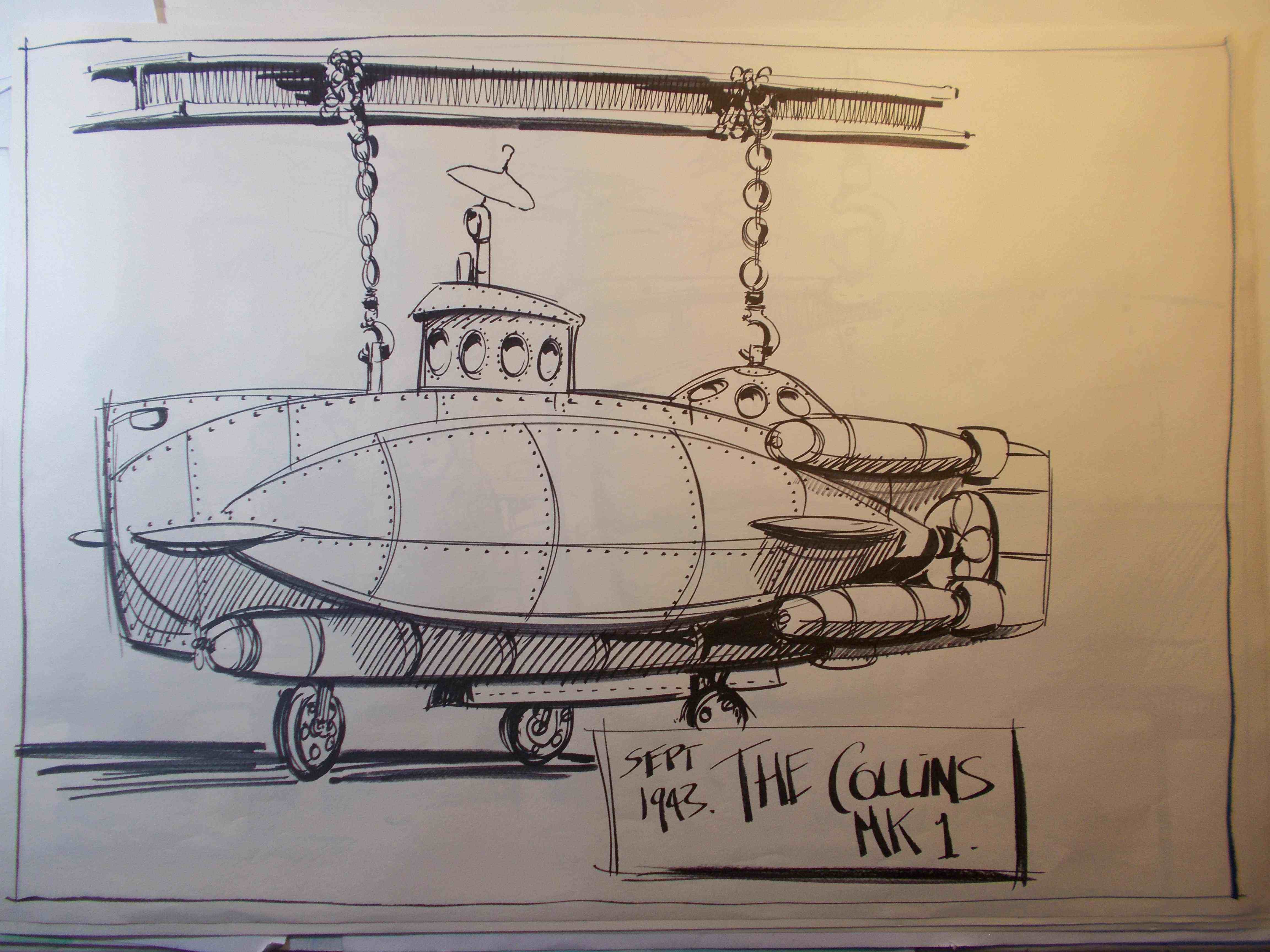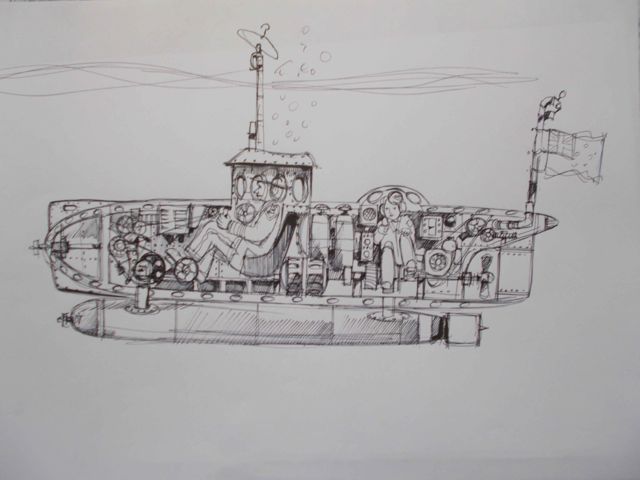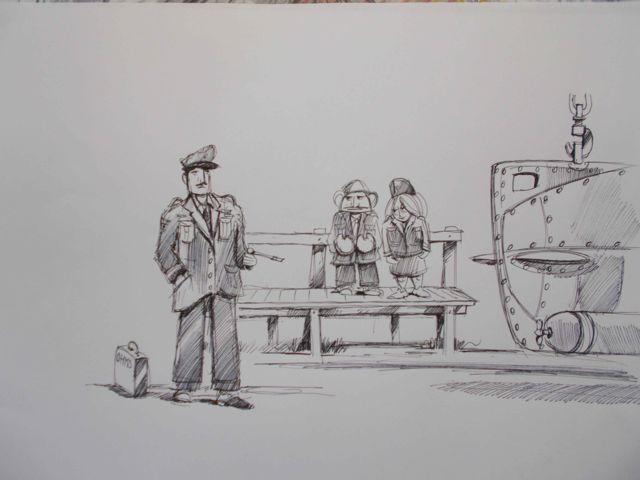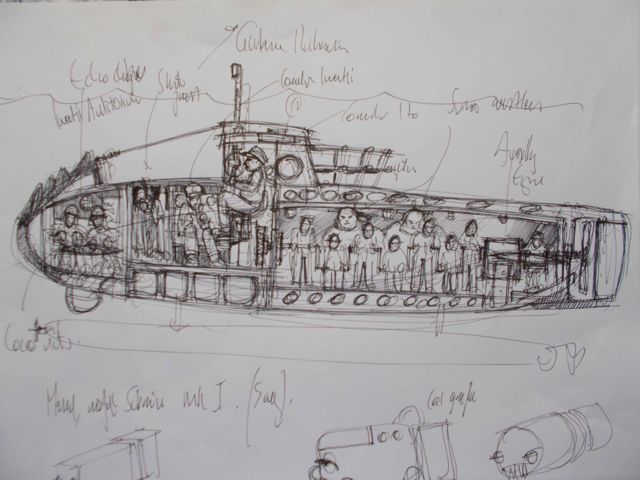Fidele’s Dirge by William Shakespeare
| Fear no more the heat o’ the sun |
|
| Nor the furious winter’s rages; |
|
| Thou thy worldly task hast done, |
|
| Home art gone and ta’en thy wages: |
|
| Golden lads and girls all must, |
5 |
| As chimney-sweepers, come to dust. |
|
|
| Fear no more the frown o’ the great, |
|
| Thou art past the tyrant’s stroke; |
|
| Care no more to clothe and eat; |
|
| To thee the reed is as the oak: |
10 |
| The sceptre, learning, physic, must |
|
| All follow this, and come to dust. |
|
|
| Fear no more the lightning-flash |
|
| Nor the all-dreaded thunder-stone; |
|
| Fear not slander, censure rash; |
15 |
| Thou hast finish’d joy and moan: |
|
| All lovers young, all lovers must |
|
| Consign to thee, and come to dust. |
|
|
| No exorciser harm thee! |
|
| Nor no witchcraft charm thee! |
20 |
| Ghost unlaid forbear thee! |
|
| Nothing ill come near thee! |
|
| Quiet consummation have; |
|
| And renowned be thy grave! |
Comments by Ira Maine, Poetry Editor
Shakespeare’s play ‘Cymbeline’ concerns itself with an English vassal king, Cunobelinus, or Cunobeline, in the reign of Caesar Augustus.
The story is drawn from ‘Historia Regum Britanniae’, the History of the Kings of Britain, written by the 12th century Benedictine monk, Geoffrey of Monmouth, and from whose histories we also get King Arthur and the Round Table, Camelot, Lancelot and the Lady of Shallot amongst others. Of course, dear old Geoffrey was writing at least five hundred years after the Romans had departed and what he didn’t know must have been considerable.
Any old how, by the sixteenth century, the name Cunobelinus had morphed into Cymbeline, and Shakespeare was nicking bits from Boccaccio to add a little zest to Geoffrey’s story.
Shakespeare, as we all know, when the truth threatened to be tedious, or historical accuracy a bore, invented, stole from and otherwise added to the historical narrative in order to keep his customers happy. This was particularly important when his principal customer was Elizabeth the First.
What we are concerned with here is this glorious poem, this dirge, this lament for the dead Fidele.
The Cymbeline story is replete with death and double-dealing, treachery, women dressed as men, the testing of fidelity, lost brothers and all sorts of trif Shakespearean machinations.
Imogen, daughter to Cymbeline, dressed as a bloke, and calling herself ‘Fidele’, sets off into darkest Wales, with poison in her pocket (except it isn’t poison). She believes it to be a health-giving draught (or thereabouts) when in fact it is an elixir which if taken, will produce all of the signs of death without any of death’s inconveniences.
Her Mum had hoped to poison her with this but other less poisonous people had intervened and had provided a less lethal brew.
Incidentally, Posthumus, (unfortunate name) her boyfriend, had sent from Italy one Jachimo to test her faithfulness. Ole Jachimo is soundly rebuffed but he steals enough of her bits and pieces to convince poor ole Posthumus that he has actually seduced her. Ole Posthumus sends a servant to bump Imogen orf. Said servant confesses all to Imogen. Imogen takes off into Wales, declaring her unblemished soul in her new name ‘Fidele’.
In the depths of Welsh Wales poor ole Imogen feels a bit tired, a bit knackered, and bloody hungry . . . then . . . Lo and Behold! Before her very eyes, there appeareth a warm, food filled cave with a few really comfy beds. Naturally, having nibbled delicately on a crust, and still feeling a bit woozy, she downs the pick-me-up in her pocket, and, to all intents and purposes, ‘dies’.
The owners of the cave enter (having beheaded the queen’s blockhead son) and display their gruesome trophy to their dad.
‘Holy Shit!’ squawks Dad, ‘that’s the queen’s son! Now we are properly in the black and slimy!’
(The above is not the Bard verbatim)
Alls well that ends well but before the happy denouement the two brothers, who also happen to be Imogen’s long lost brothers (try to keep up, will you?) lament the apparent ‘death of ‘Fidele’ with this splendid dirge.
Remember the Auden poem recited at the funeral in the film ‘Four Weddings and a Funeral’?
This poem is of that order, only this is Shakespeare. It is composed of four verses; the first three all begin their first line with ‘…fear no more…’. We can gather from this that fear played a huge part in Elizabethan life, particularly for the lower orders.
The first verse deals with the terrifying vagaries of the weather and its effect on crops. The possibility of flooding, drought and famine are ever present. A man’s family could starve to death on a whim of the weather, and a bad harvest could be seen as a judgement from God. The average peasant didn’t know the mind of God and prayed fervently for forgiveness for sins he didn’t know he’d committed! This attitude was naturally encouraged by the Church (who did know the mind of God) as it kept the lower orders in line.
‘Fear no more the heat’ the sun
Nor the furious winter’s rages;
…thou thy worldly task has done,
Home art gone, and ta’en thy wages.
Golden lads and girls all must,
As chimney-sweepers, come to dust.’
All the petty drivel, all of the worries attendant on living your life, are as nothing now. You have gone ‘home’ and taken with you, for good or bad, whatever heavenly merit you have built up in your lifetime. Remember, this is a society where the grace of God counts for a great deal.
And then the lovely joke;
‘…golden lads… like chimney-sweepers, come to dust…”
In the second verse we learn that the peasantry had very good reason to fear the ruthlessness of power. A man could be put to death for upsetting his lord and master. Alternatively, he could be forced to join his master’s army and spend months away on foreign or domestic wars whilst his family survived as best they could. With no redress he could be thrown off the land and on the street for failing to display appropriate subservience to local dignitaries.
Now all that terror is no more. No longer is even clothing himself a worry because none of these worldly demands mean anything anymore. A reed is as good as an oak to him now.
‘Fear no more the frown o’ the great…’
All of this, everything you see, all of the pretension, the airs and graces we give ourselves, ‘the sceptre, learning, physic (kingship and kings, the worth we place on learning, even the study of medicine and its benefits will not hold off death for long).
‘All follow this, and come to dust’
In the third ‘…fear no more…’ verse, just the simple business of being scared witless by sudden thunder and lightning, together with the then belief that thunderstorms produced ‘thunderstones’* that, hurtling out of the sky, could wreck houses, kill animals and people. They were seen as examples of the wrath of God.
And, for the second time in this same verse, ‘…fear not…’ occurs, this time dealing with ordinary ‘…slander…’ and ‘…censure rash…’ which can make life a misery in a small village or township. Reputation is everything and to have that destroyed either by small-minded gossip or deliberate character assassination could make life hell.
‘…the lightning-flash…’ ‘Slander, censure…’ any of that earthly ‘…joy and moan…’
Even the youngest, the most youthful, the most vibrant must;
‘…consign to thee, and come to dust…’
Then the final, almost pagan prayer, a spell to ward off evil spirits, absolutely unrelated to that Christianity with which most of this poem is suffused.
‘…No exorciser harm thee!…’
‘…no witchcraft charm thee!…’
‘…Ghost unlaid forbear thee!…’
‘…Nothing ill come near thee!…’
And having commanded this to happen, it is assured that ‘Fidele’ will
‘…quiet consummation have,
And renown-ed be thy grave.’
There’s little else to say, really.
An entirely suitable piece to have read over your grave.
* Incidentally, in the 16th century, flint arrow heads, stone hammers, dinosaur teeth, even fossilized bones, in fact anything that appeared a bit weird in the rock department was regarded as a ‘thunderstone’ and was presumed to have fallen from the sky.





